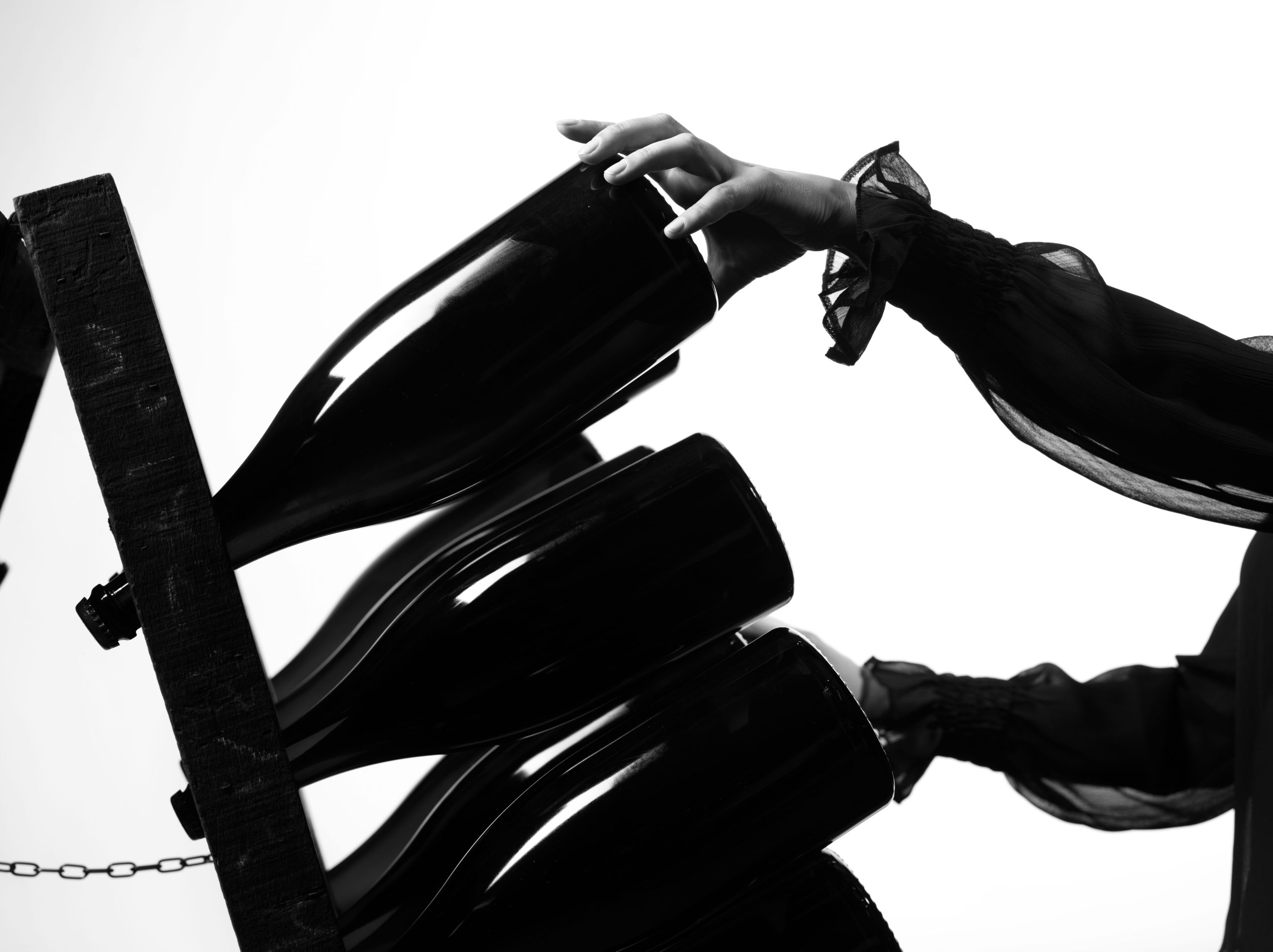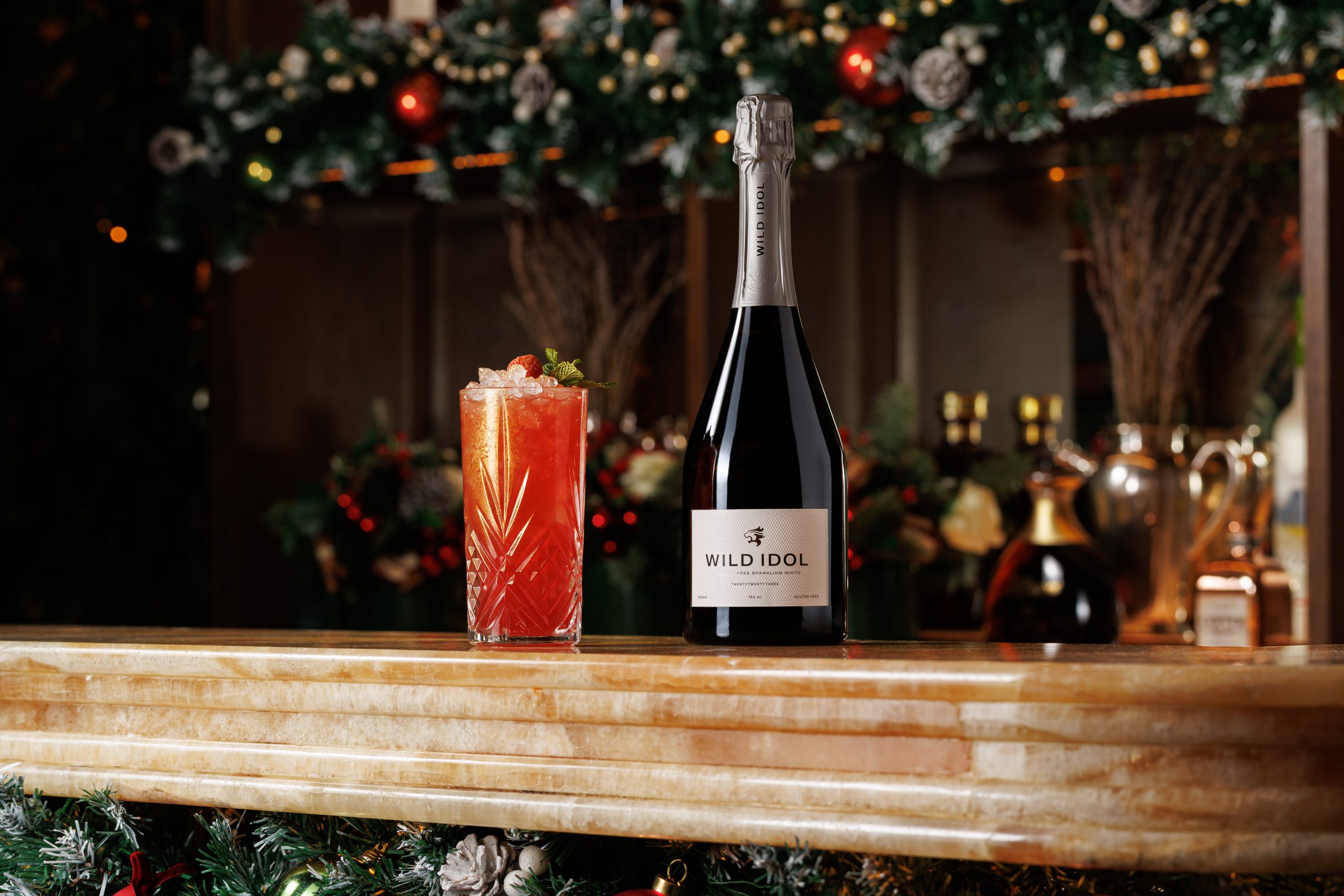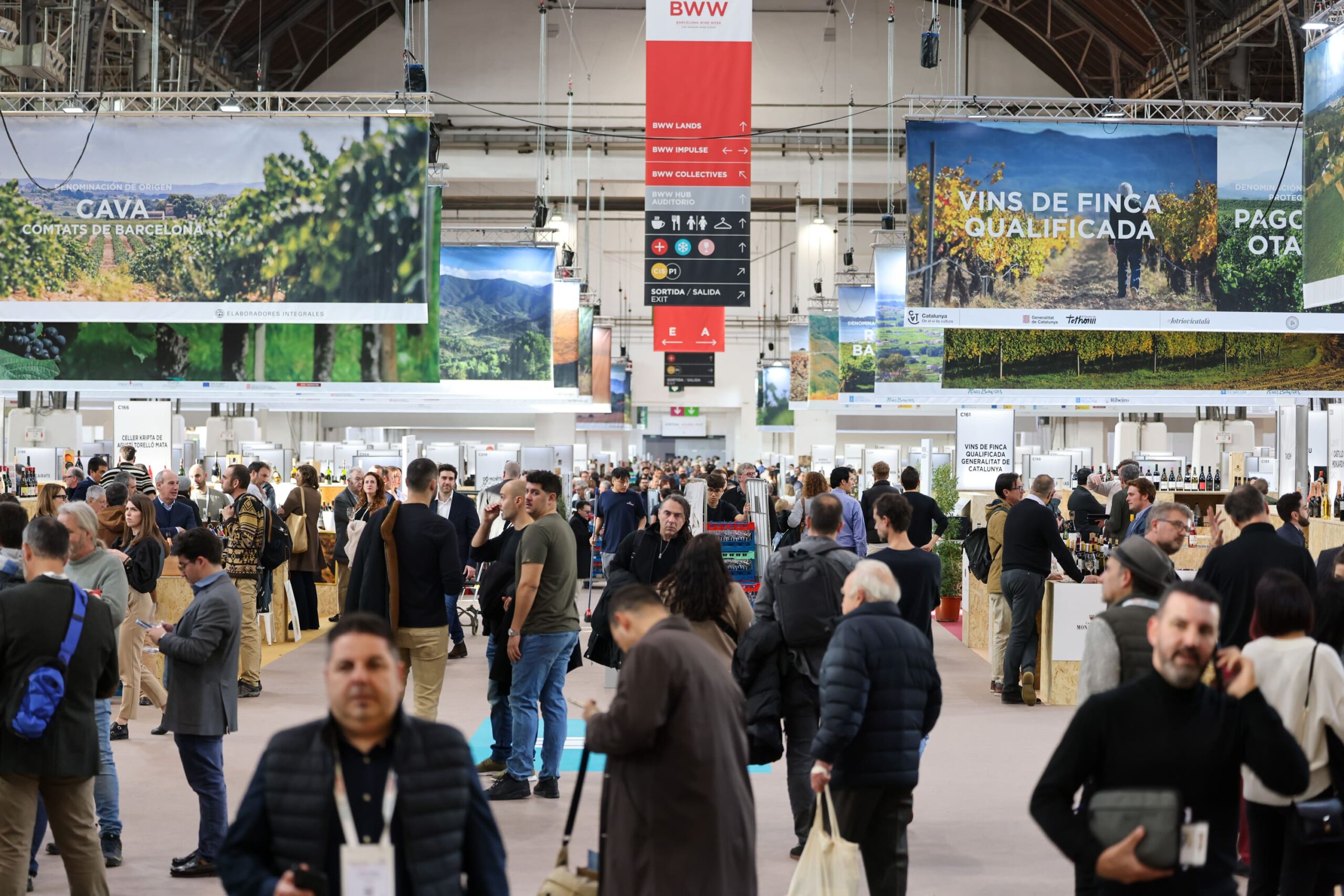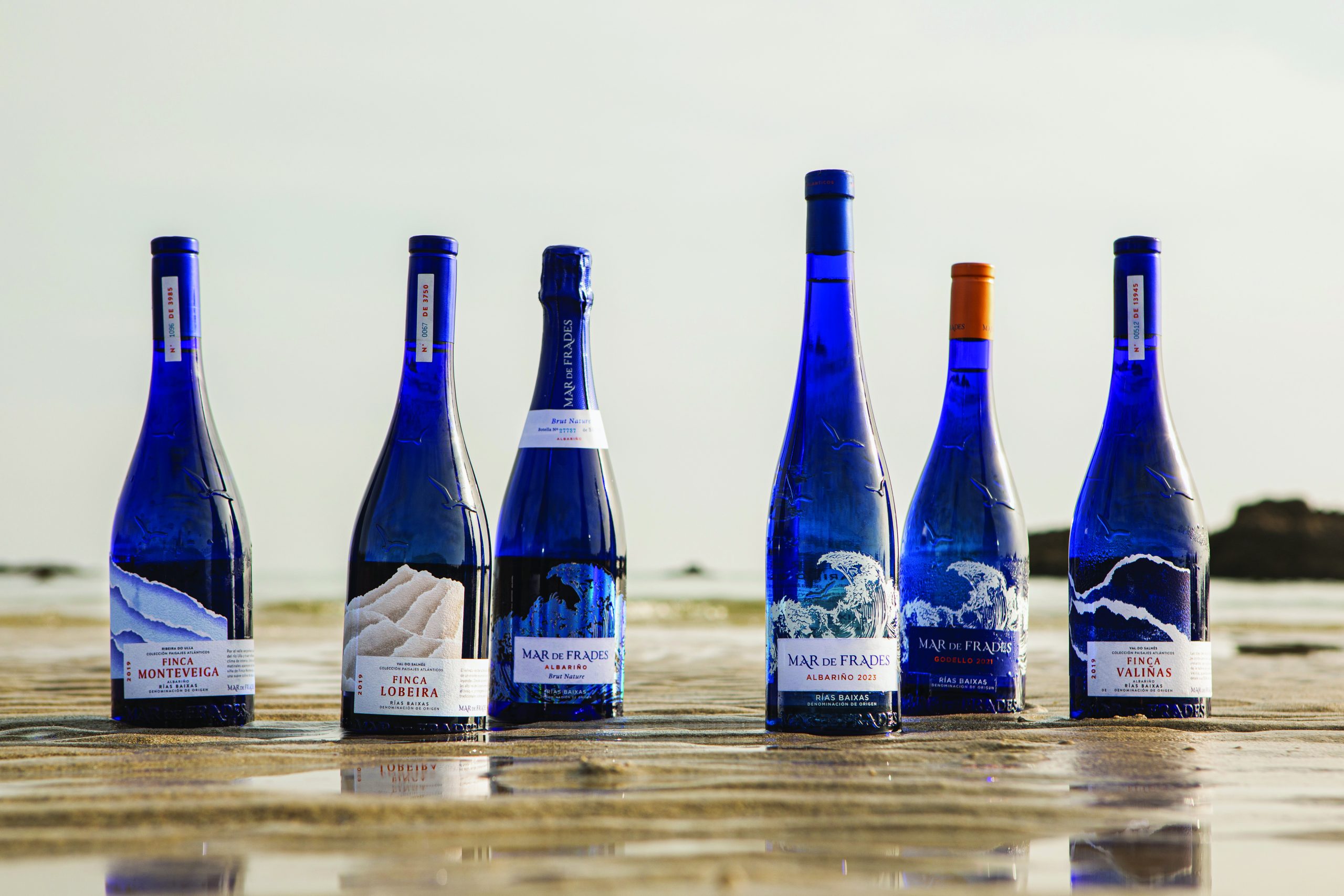If the price is right
Grape supply and pricing are the issues that dominate all discussions in Champagne these days – and they’re closely reliant on each other. Chris Orr reports
LAST year, the Champenois posted record figures for shipments of Champagne. In 2003, the region as a whole shipped some 293,308,769 bottles, according to figures from the CIVC – that’s up 1.96% overall. Importantly, though, the shipments outside France were up by an impressive 5.86%.
In all, 34.4m bottles were exported to the UK, representing a rise in volume terms of some 2.8m bottles or 8.8% in total shipments on 2003. The story was much the same elsewhere; in the US imports rose by 3.8%, Germany saw rises in volume of 6.1% and Italy had 7.5% growth.
Only Belgium disappointed in the top five export destinations, posting just a 0.1m rise in the volume of bottles shipped, a rise of just 1.1%.
In value terms, the results were even better. In the UK the value of shipments rose by 10.5%, from €369.7m to €408.6m; a positive sign for a market that is often criticised for low pricing policies, and perhaps evidence that the brands are raising their game as supply begins to tighten.
In the US value fell by 1.2%, from €324.9m to €321m, but there’s little worry on that front, given that the average price paid per bottle remains the highest in the top five at €16.98. Italy is runner-up with €16.94, while the UK pulls into third place, with a somewhat disappointing €11.87, though this is up from €11.69 in 2002.
The picture for 2004 is looking even brighter. Figures from the CIVC for shipments to June show an overall rise of 5.41% on shipments from last year, with 106,749,736 bottles exiting the cellars of Reims and Epernay.
The number of those bottles destined for the French market rose 3.31%, while exports rose by 8.69%. Both Germany and the US posted the most impressive growth in the first six months of 2004, with the former growing shipments by 16.85% and the latter growing by 16.41%.
The UK showed a relatively modest 5.69% growth, but should catch up if the peak season for Champagne sales, Christmas, performs well this year. "If we analyse the total shipments of Champagne, the increase of 5.41% after six months of activity (Jan- June 2004) is excellent," comments Jean Noel Girard of Champagne Devaux.
"If this trend continues for the next six months, we might ship over 308m bottles this year. Looking at other French wine appellations we cannot complain, but it would be too simple to make conclusions just from looking at these volume figures.
The situation for many Champagne houses is not so easy because of the pressure on prices and limited availability." And there’s the rub with such positive growth. Since 1979, the total shipments of Champagne have grown at an almost unfeasible rate, rising from less than 150m bottles to just shy of 300m last year, with the exception of two blips in the early 1990s and post-millennium.
And so the pressure on supply is proving to be the biggest challenge yet to the Champenois as they hurtle towards the middle of the first decade of this millennium. "If you ask me," says Cecile Bonnefond, CEO of Champagne Veuve-Clicquot, the UK’s third biggest selling brand, "it is our biggest challenge over the next few years – securing reliable supplies of good quality grapes to maintain and grow the market, yet keep quality high and pricing consistent."
The answer, according to Bonnefond and many other Champenois is to continue to build value into both individual brands and the category as a whole. "Champagne is a luxury product and the pricing should reflect that," she states.
"Supply is an issue, but it also throws the spotlight on Champagne that is sold under value in the market. We have secured our supplies going forward, but it will still be an issue in the long-term as well as shortterm," she argues.
"The international brands are enjoying a growing demand in most key markets, with the exception of the French market," says Alain Rouchaud, managing director of Champagne Piper Heidsieck. "But we are reaching maximum production.
Because current markets and new markets will continue to generate more demand, we all in Champagne have to continue to build more value into the product. It’s in the interests of everyone in Champagne to build value into their wines, as we are doing with Piper- Heidsieck and Champagne Charles Heidsieck.
We should optimise the value, and not enter into a price war." "The long-term issue for Champagne is definitely that of supply and demand," agrees Lynn Murray, marketing controller for Champagne Taittinger in the UK, "and it’s very clearly dependent on what happens around the world; there is only a finite amount of Champagne.
The burning question is, if growers do force up the price of Champagne, how far will the consumer go in terms of being prepared to pay higher prices?" Currently, the Champenois are looking at the possibility of increasing the available vineyard area of Champagne as one long-term solution – but any agreement on such a drastic and revolutionary move would be unlikely to happen within the next decade.
"If the appellation expanded it will take about 11-12 years before the supply increases," says George Atkinson-Clark, managing director of Ruinart UK. "In the short-term, therefore, if the economy in the UK continues to be buoyant and the demand for Champagne continues to grow, there will definitely be a problem with the supply of quality grapes."
The alternative is for the Champenois to reasses their pricing policies – and in the UK that means bucking the trend of heavy discount policies with many of the major brands. But pricing is such a sensitive option in Champagne’s biggest volume market that there is no real consensus as to what the likely outcome will be.
What is clear is that time seems to be running out. As Bill Gunn MW, managing director at Champagne Pol Roger UK, succinctly puts it, "The market is buoyant, but there are clouds on the horizon.
Volumes continue to be strong, but values are eroding steadily and the corrosive effects of discounting in the multiples in the UK are there to be seen: a BOGOF mentality is taking hold with customers.
"However, experience suggests the market moves in cycles and I sense we are topping out on this one. Price rises are in the wind, driven by constraints on supply at source. An economic downturn would quickly burst the bubble."
Price power
In other leading markets, price is less of an issue, given that value has been relatively high (the US, Italy and Japan are prime examples). But pricing in the UK is a major challenge.
"We are," points out Andrew Bewes, sales and marketing director for Berkmann Wines, who handle Champagne Deutz in the UK market, "overly dependent as a trade on deep price promotion activity."
Estimates vary from 30% to 40% of Champagne being sold under value. Many speculate that supply would be less of an issue should more of the brands resist the temptation to follow a low pricing policy or continuous promotional pushes.
Partner Content
"We’re finding the market in the UK is very strong for us," comments Charles King, managing director of Maison Marques et Domaines, the distributor and agent for Champagne Louis Roederer in the UK.
"The good news is that Champagne is now seen as much more of a regular event and, perhaps, the aperitif of choice. Dangers exist in the desire of the UK major retailers to use brands as a come-on to their offer and the willingess of some brands to accept the heavy discounting as part of their strategy.
I know it is easy for Roederer to resist this, but my concern is that the overall image of champagne will be devalued in the consumers’ eyes. It is vital for the longterm health of Champagne that it is seen as the pinnacle of sparkling wine.
"We have to maintain and enhance the reputation of Champagne as the great drink that it is," insists King. "The Champenois have done this very successfully over many years, but some houses face serious financial difficulties and this could jeopardise quality standards.
What I can’t understand is why does one deep discount this marvellous product when the consumer sees it as the apotheosis of taste, quality and style and is more than willing to pay for a great name on their table?
The drive for ever greater volume is simply madness – and it cannot be sustained." "Deep discounting is driven by the short-term motives of reatilers, sometimes aided and abetted by suppliers," says Gunn, "and the effects are rebounding on the category.
Inevitably, if consumption continues to grow exponentially, the only available solutions appear to be long-term. Enlargement of the AC is a thorny issue and consultation will undoubtedly be a long process. But pricing is a continuing issue."
"In the longer term," says Mark Cornell, managing director of Champagne Krug, "the category is faced with increasing the perceived value of Champagne in the trade and to the consumer to ensure that it is seen as an aspirational product of exceptional value and quality, rather than a commodity.
I am happy to say price promotion does not really affect Krug. Krug’s distribution in the supermarket sector is selective as stocks are finite. In the supermarkets where Krug is represented we have not suffered from any major price discounting, but I fully appreciate that price is a big challenge for many larger brands.
In future, brands need to maintain their positioning and quality to resist commodity trading." "I think the UK has always been unique in having the highest basic consumer prices in Europe, but also the hottest price promotions – meaning a very wide range of prices for essentially the same product," says Rouchaud.
"Obviously this isn’t great because the consumer expects to see price promotions, but I think that the name of the game is to adapt to the market in the UK, but make sure it doesn’t pollute your other markets."
Discount culture
This is easy to say in respect of the US market, but more difficult in Europe with increasingly united market that has emerged. Certainly pricing continues to be an issue from the perspective of the major agents and purveyors of Champagne on the UK market, and discounting is becoming more common in France – the biggest market for Champagne.
From the UK point of view, as demand continues to perform strongly, pricing will increasingly become an issue. The options open to the big brands are limited, with the essential crux being that you either choose volume over value or vice versa.
A good case study for this has been Mumm and Perrier-Jouët over the past year. The owner, Allied Domecq, has chosen to pull both brands back from the brink – having realised that heavy, almost permanent discounting under the ownership of Seagram had slowly eroded the brands’ value and impact on the market.
"We have basically moved away from heavy discounting on both brands," explains Vincent Gillet, brand director for Mumm and Perrier Jouët at Allied, "and refocused so that Mumm is heavily aimed at the off-trade while Perrier-Jouët is more focused on the on-trade.
We will not be continuing with the policy of heavy discounting. We’ve already managed to cut volumes and yet incerease value and profit through a more consistent and sensible pricing policy with both brands.
And that’s really what Champagne is about. It’s a luxury product with a great pedigree, so there’s no need to sell it cheap unless you are simply chasing volume and we are chasing value for both brands now."
From all accounts, while delistings have certainly occurred, particularly for Perrier-Jouët, the bottom-line for both brands is more positive and both are being perceived with more credibility in the marketplace in general.
But it’s not just brand owners that are being forced to make such decisions. The retailers themselves are recognising the growing issue over pricing and the possible effect that increased sales and scarcity of product is potentially having.
Supply focus
"Our main efforts, recently, have gone into stabilising retail prices and combating the lack of supply," admits Derek Strange, head of wines, beers and spirits at Waitrose.
"The vintage predicted for this year appears to be much larger than last and thus the forward situation suggests better continuity with more promotional activity to support the category.
In contrast, currently the shortage of product has led to a reduction in the promotional programme in order to eke out supply." So the direct correllation between price promotion and supply issues clearly exists.
It just depends which side of the fence a brand is prepared to sit on. In the main the future looks bright for Champagne, but there are potential clouds on an otherwise sunny horizon. As Atkinson-Clark puts it so succinctly, "Increasing demand and nearly static supply leads to one solution.
I think we are going to see a firming on prices and drastic reduction on price promotions." Whether managing such a process proves to be easy or difficult for those brands that have over-extended and built themselves up on the basis of a promotion-led sales programme remains to be seen.




